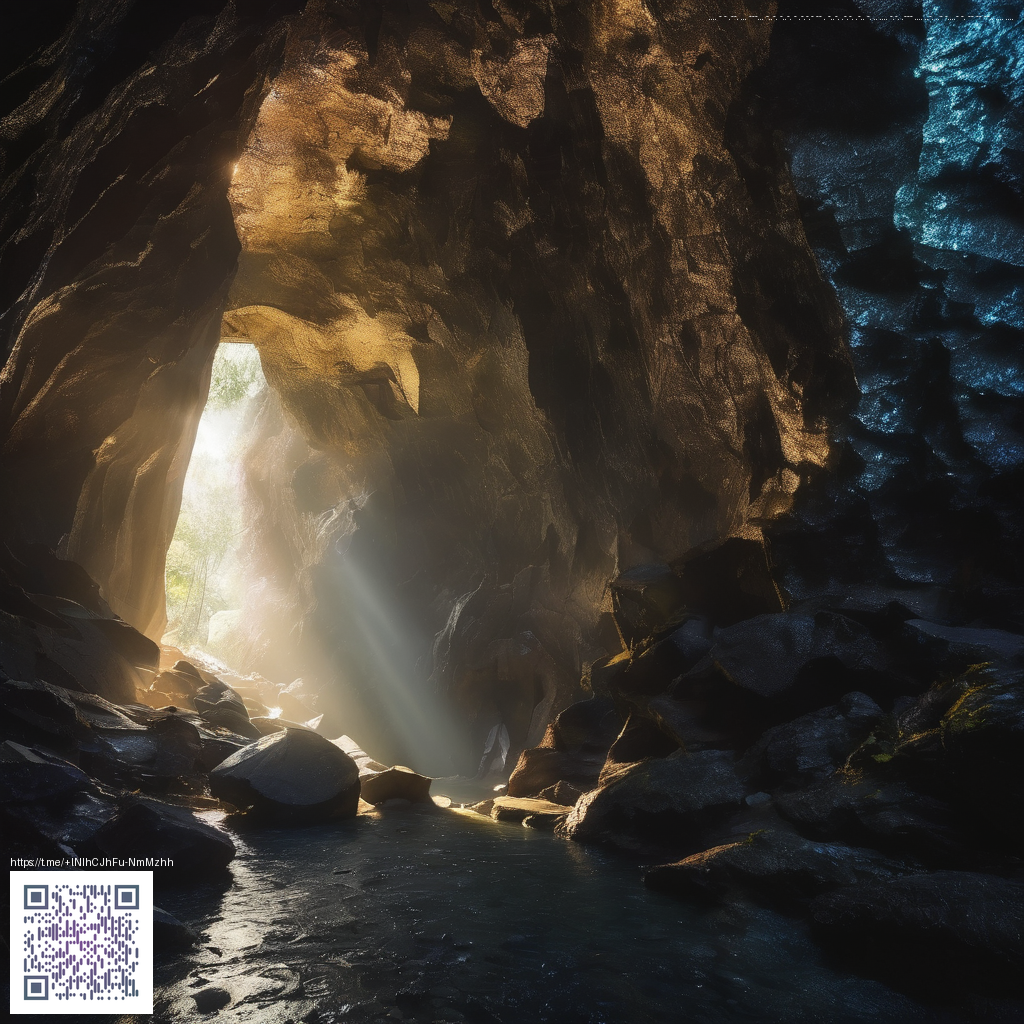
Days Gone PC Port and Patch Response after Launch
The PC port finally gave players a chance to explore the foggy hills of the Pacific Northwest with a new set of tools at their disposal. Improved textures, broader visual options, and keyboard and mouse input mappings opened up the world in fresh ways. The shift from console to PC often reveals hidden design choices and a few rough edges, and this release was no exception. The result is a game that still feels uniquely Bend Studio in its pacing and atmosphere while inviting a broader range of hardware configurations to the table. For many, that first wander through the rain soaked streets became a reminder of how a strong survival framework plus a meticulously built open world can translate beyond its original platform.
Technical uplift and player agency
On PC the experience benefits from higher resolution textures and a more forgiving draw distance, which helps reduce pop in during long drives and dense forest sections. Players can tailor the look with options for anti aliasing, shadows, and ambient occlusion that suit both performance and fidelity. Unlocked frame rates let high powered rigs push beyond the original cap, and ultrawide support expands the visual canvas for those who own wider monitors. For many, these improvements are not just about eye candy; they translate into smoother exploration and crisper combat cues, which matter when the world tests your stamina in a chaptered hunt sequence.
Beyond the visuals, input flexibility is a highlight. Keyboard and mouse players gain precision for sniper shots and quick time events, while controller support remains strong for players who prefer a familiar grip. The accessible toggles for field of view and motion blur give wind to a more customized sense of speed and immersion. The result is a game that can be experienced with the same gritty mood that defined the original run on console, while offering the extra level of control that PC players expect from a well aged open world framework.
Patch cadence and the community feedback loop
Patch notes that tracked the PC journey began to accumulate quickly after launch. Reviews and community chatter highlighted stability improvements, fixes for rare crashes, and refinements to input mapping. As noted by major outlets and the official channels, the development team prioritized responses to stability concerns and performance regressions across a wide range of hardware combinations. The pattern was clear players chased smoother frame times, reduced stutters, and more consistent texture streaming during busy scenes. A steady cadence of updates helped cool early frustration and rewarded players who returned to the game after each patch drops.
The ongoing dialogue between the developers and players formed a constructive loop. Community posts and patch notes showcased a commitment to listening and iterating rather than delivering a single stopgap solution. In practice this meant more robust PC optimization while preserving the core pacing and tension that define the game. The result is a PC experience that continues to evolve in tandem with player expectations, rather than a one off improvement slid into a major update. This approach aligns with how studio communication tends to work in the open world space, where feedback fuels refinements long after the initial release wave.
Modding culture and community experiments
The PC community often turns a port into a living laboratory, and Days Gone is no exception. Modders explored texture enhancers, shader tweaks, and accessibility adjustments that make the world feel more vivid or more approachable depending on user preference. The openness of the PC platform invites experimenters to push the boundaries of performance and aesthetic, from balancing enemy awareness to tweaking lighting profiles that heighten atmosphere during damp Pacific nights. While not all experiments reach the level of a polished mod pack, the spirit of experimentation remains a badge of honor for players who want to sculpt the game to their personal taste. This culture of testing and sharing not only extends the game’s shelf life but also helps the broader PC community stay engaged with meaningful, player driven improvements.
Developer commentary and expected trajectory
From the outset the Bend Studio team maintained a visible line of communication with players through social channels and patch notes. The emphasis on listening to players and addressing a spectrum of issues reflects a philosophy that values long term engagement over a single update cycle. As hardware ecosystems evolve, the team’s focus appears to shift toward solid stability, better performance across GPUs and CPUs, and continued tuning of visuals and controls to preserve the game’s distinctive mood. While the exact timeline for future improvements can vary, the pattern of ongoing refinements signals a healthy post launch strategy that should keep the PC version feeling fresh for existing fans and newcomers alike.
For fans of the game who enjoy analyzing how post launch support shapes a title’s legacy, the PC port serves as a case study in balancing a strong open world with practical performance adjustments. The blend of technical upgrades, thoughtful patching, and an active modding community demonstrates how a well designed survival narrative can endure beyond its initial release window. It is clear that the journey for this title on PC is ongoing, with each update offering a chance to reexperience familiar landscapes through a new lens. 🎮
Slim Glossy iPhone 16 Case High Detail Design
More from our network
- Silent Photometric Teff Clashes with Spectroscopic Temperatures in Sagittarius
- Future Proof Your Brand With Voice Search Optimization
- Early MTG History Revisited Werewolf Pack Leader Spotlight
- Ashcoat Bear Lore The Glue of MTG Fan Communities
- DR3 Parallax Precision Surpasses Hipparcos for a Distant Hot Giant 24 kpc